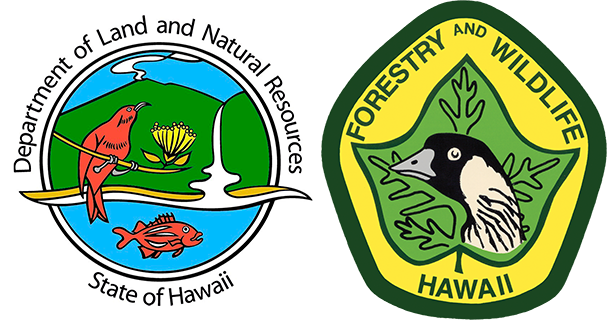Hilo Forest Carbon Project
Starting in 2019, the Division of Forestry and Wildlife (DOFAW) is setting out on a multi-year effort to reforest __ acres within the Hilo Forest Reserve (Watershed Reserve Section) on the island of Hawaii. This is the third project within DOFAW’s forest carbon program, following on the heels of Pu’u Mali Forest Carbon Project and Kahikinui/Nakula Forest Carbon Project, which have paved the way for the State’s initiative to implement natural climate solutions.
|
Nature’s Benefits
|
History
In the early 19th century, prior to the establishment of the Hilo Forest Reserve in 1905, these lands were leased and subsequently cleared of forest and transformed into pasture. This project will return the area that is currently dominated by invasive species such as gorse (Ulex europaeus), to a forest ecosystem. The management plan in development for the site will therefore emphasize the removal of noxious weeds and planting of native species such as koa (Acacia koa).
Goal and Progress
The primary goal of this project is to sequester carbon (the process of capturing and storing atmospheric carbon dioxide) to mitigate climate change and to contribute to the State’s goal of becoming a net carbon sink by 2045. Additionally, restoring this forest will enhance aquifer recharge in the Hilo Watershed which supplies water to the largest community on Hawai’i Island.

